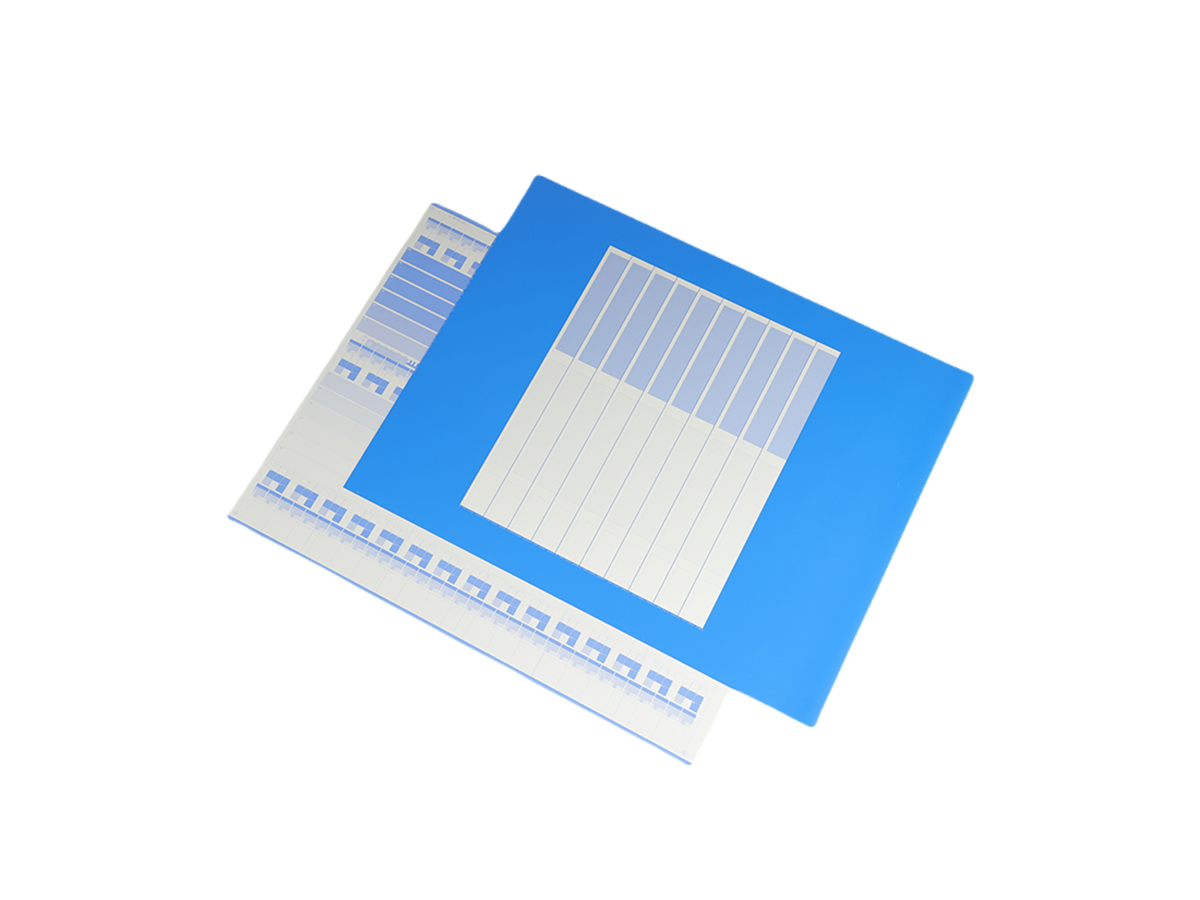If you work in the printing industry, you've likely heard of PS plates. But what exactly are they, and what benefits do they offer over other printing methods? In this article, we'll dive deep into the technicalities and advantages of PS plates, as well as their applications in different types of printing.

What is a PS Plate
A PS plate, short for "Photosensitive Printing Plate," is a type of offset printing plate that uses a photosensitive coating to transfer ink onto paper. Offset printing is a common method for producing high-quality prints, and PS plates are an important component of the process.
PS plates are made from a variety of materials, including aluminum, paper, and polyester. The photosensitive coating on the plate is typically made from a mixture of polymer, monomer, and photoinitiator. When exposed to ultraviolet light, the coating hardens and becomes insoluble, creating a stencil that can transfer ink onto paper.
Types of PS Plates
There are several types of PS plates available, each with their own unique properties and advantages. Some of the most common types include:
Positive PS plates: These plates produce an image when exposed to light, with the exposed areas becoming insoluble and the unexposed areas remaining soluble. They are ideal for printing fine lines and small text.
Learn more: Get Quality Prints with Positive PS Plates from Huida Offset Plate
Negative PS plates: These plates produce an image when exposed to light, with the exposed areas remaining soluble and the unexposed areas becoming insoluble. They are ideal for printing large areas of solid color.
Thermal PS plates: These plates use heat instead of light to create the stencil. They are often used for high-volume printing applications.
Manufacturing Process of PS Plates
PS plates are manufactured using a variety of methods, depending on the type of plate being produced. Generally speaking, the process involves the following steps:
Coating: A photosensitive coating is applied to the surface of the plate.
Exposure: The plate is exposed to ultraviolet light (or heat, in the case of thermal plates) through a film or digital file.
Development: The plate is developed using a chemical solution, which removes the unexposed areas of the coating.
Finishing: The plate is trimmed to size and mounted onto a printing press.
Factors Affecting the Quality of PS Plates
The quality of PS plates can be affected by several factors, including:
Storage conditions: PS plates should be stored in a cool, dry place to prevent damage to the photosensitive coating.
Handling: PS plates should be handled carefully to avoid scratches or other damage.
Exposure time: The length of time the plate is exposed to light can affect the quality of the final print.
Advantages of PS Plates
PS plates offer several advantages over other printing methods, including:
Cost-effective: PS plates are relatively inexpensive compared to other types of printing plates.
Long-lasting: PS plates can be used for hundreds or even thousands of prints before needing to be replaced.
High-quality printing results: PS plates produce sharp, high-resolution prints with excellent color accuracy.
Environmentally friendly: PS plates can be recycled or disposed of safely, making them a more sustainable printing option.
Applications of PS Plates
PS plates are used in a variety of printing applications, including:
Commercial printing: PS plates are commonly used for printing books, brochures, and other marketing materials.
Packaging printing: PS plates are ideal for printing packaging materials, such as boxes, bags, and labels.
Label printing: PS plates are often used for printing product labels, including barcodes and nutritional information.
China PS Plate Machine
China is a major player in the PS plate manufacturing industry, with several high-quality PS plate machines available from Chinese manufacturers. These machines are known for their efficiency, reliability, and cost-effectiveness, making them a popular choice for printing companies around the world.
One such machine is the CTCP (computer-to-conventional-plate) machine, which is designed to convert digital files into high-quality PS plates. These machines use advanced imaging technology to create precise stencils, resulting in sharp, detailed prints. They are also designed to be user-friendly, with intuitive software and easy-to-use controls.
Another popular PS plate machine from China is the automatic PS plate production line, which is capable of producing thousands of PS plates per day. These machines are fully automated, from the coating and exposure stages to the development and finishing stages. They also incorporate advanced quality control systems to ensure that each plate meets the highest standards of quality and consistency.
Conclusion
PS plates are an important component of offset printing, offering a cost-effective, high-quality, and environmentally friendly printing solution. Whether you're printing marketing materials, packaging, or product labels, PS plates are a versatile and reliable option. And with advanced PS plate machines available from Chinese manufacturers, it's easier than ever to produce high-quality PS plates in large volumes. So next time you're looking for a printing solution, consider using PS plates for the best results.
Huida Print-All Technology company, as an advanced and professional manufacturer of producing printing plate, mainly sales CTP, CTCP and PS plates as well as offering ODM/OEMs especially for the offset.
For more information, please click the official website link here:
https://www.huidaoffsetplate.com/. And you can also contact us in the following ways:
Tel/Whatsapp: +86 15637430106
Email: mailto:[email protected]
Facebook: Henan Huida Print All Technology Co.Ltd

